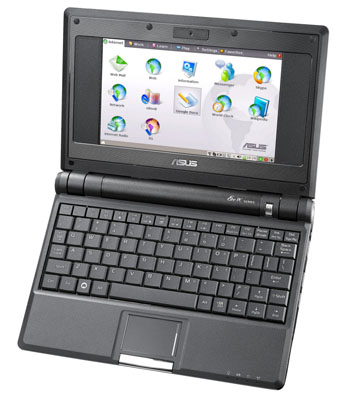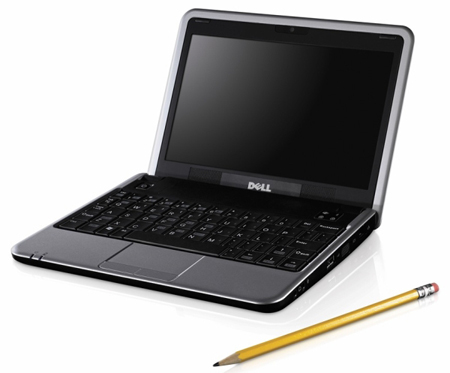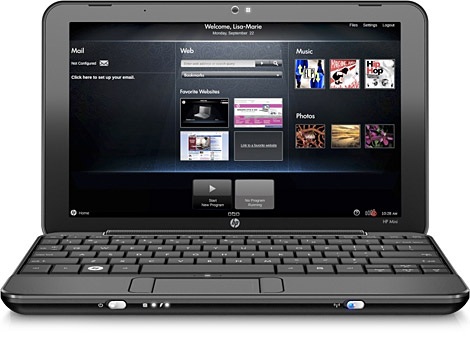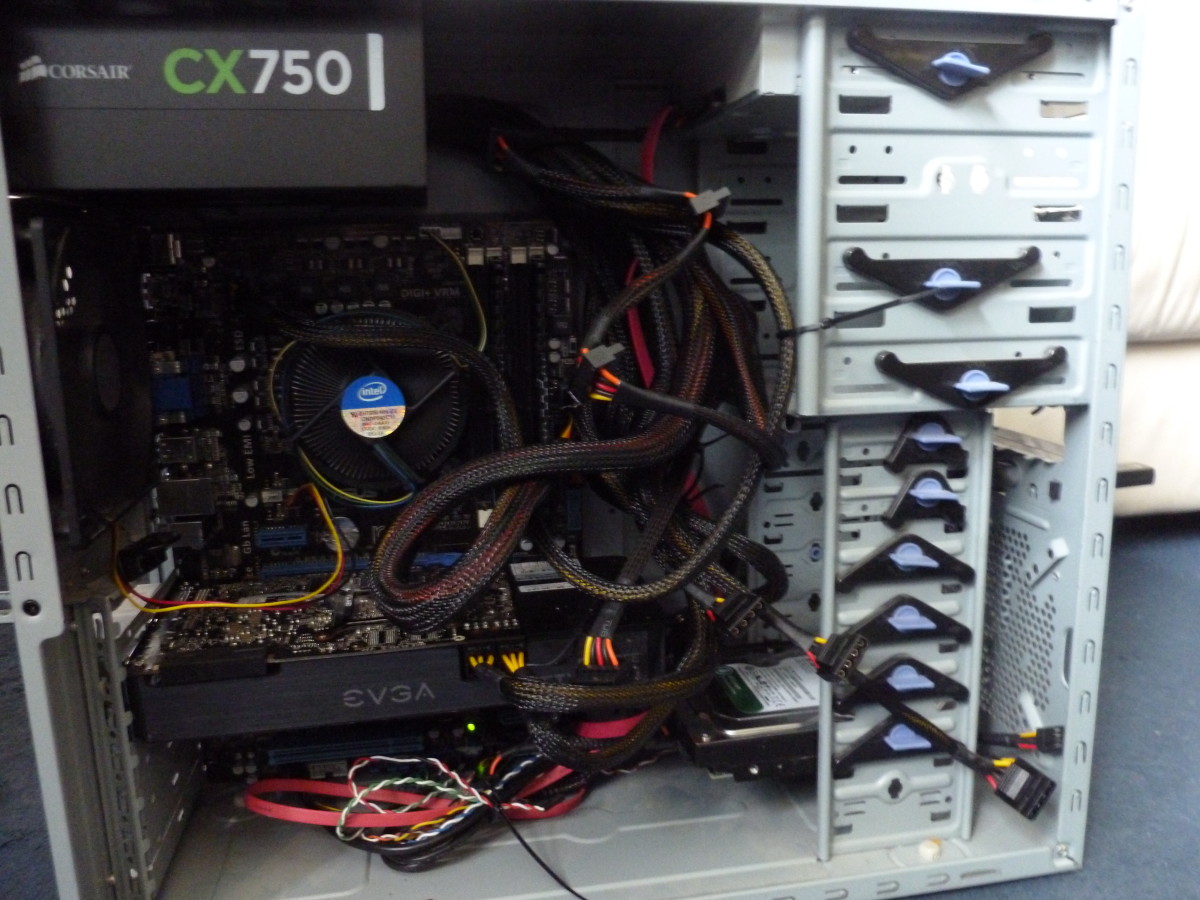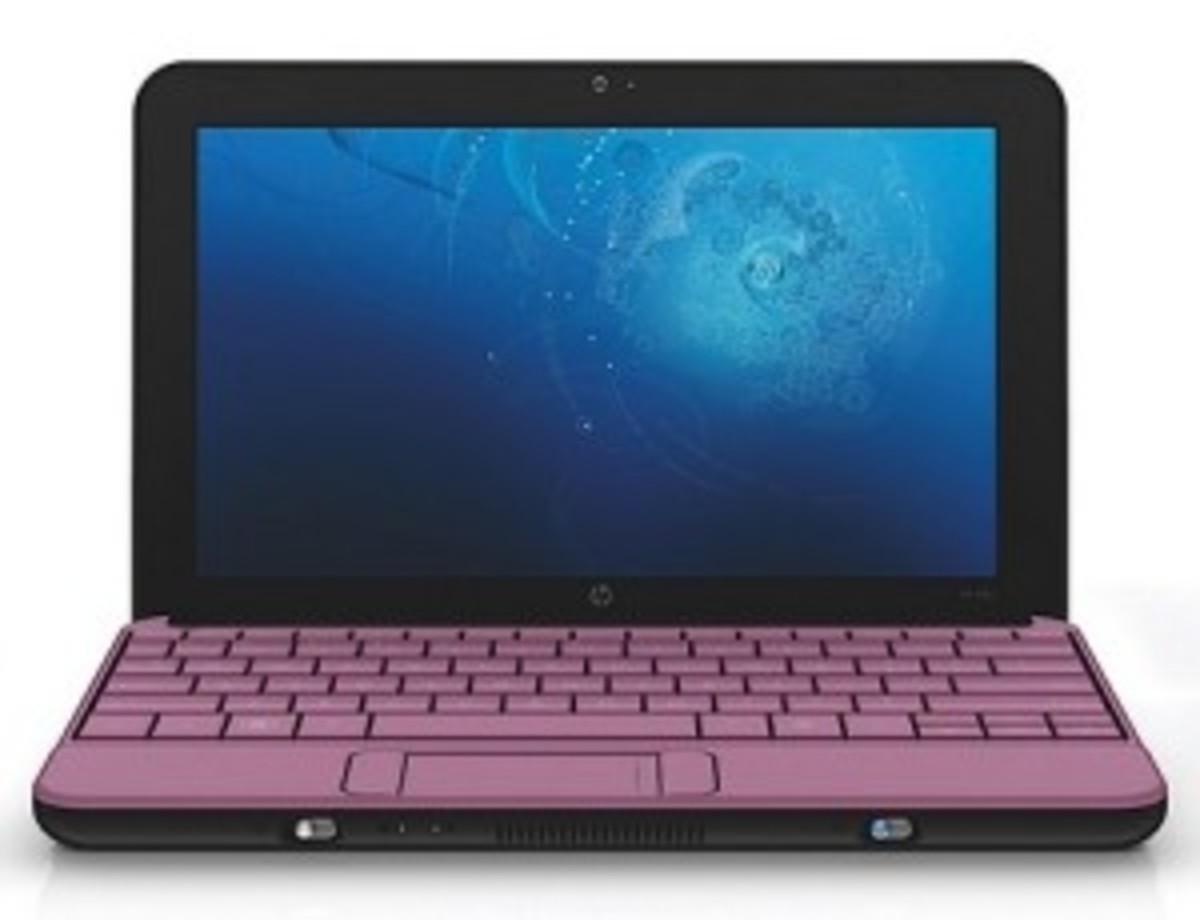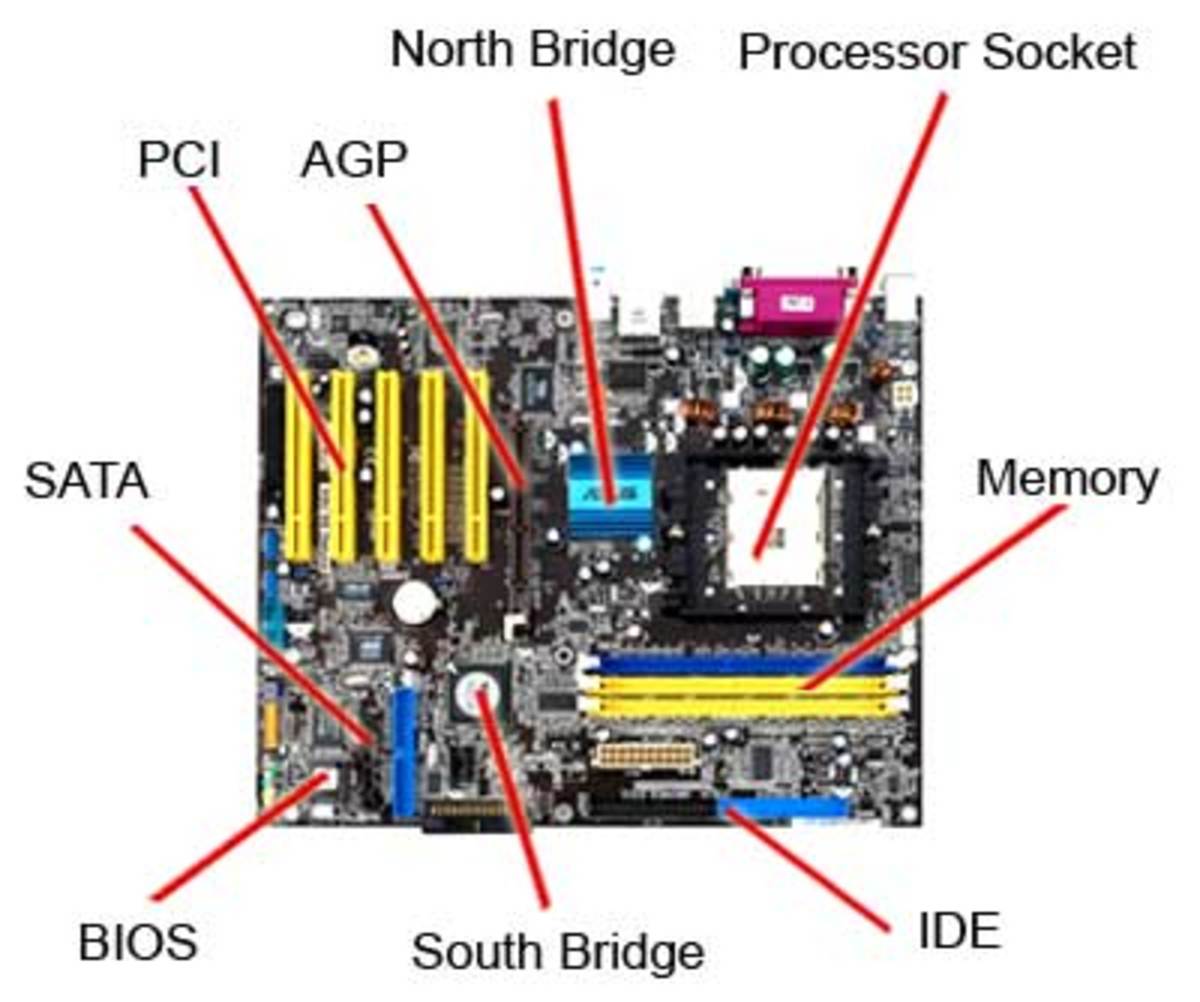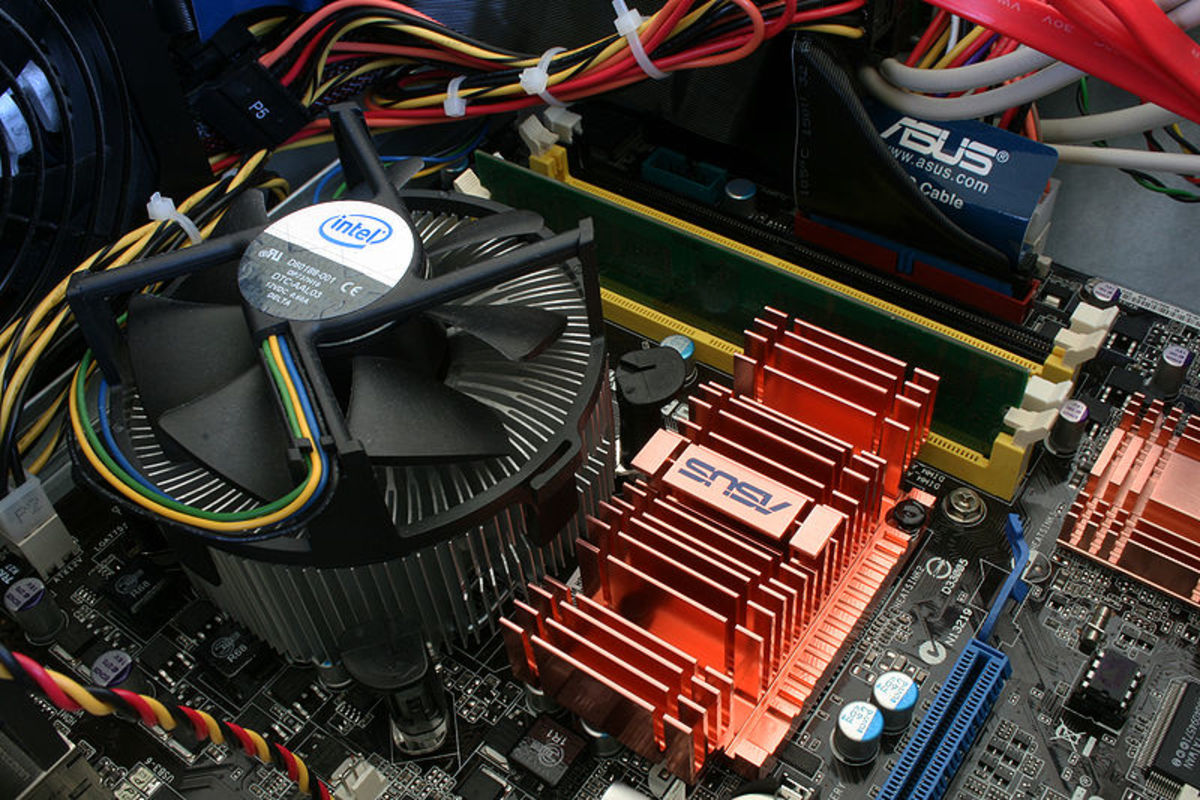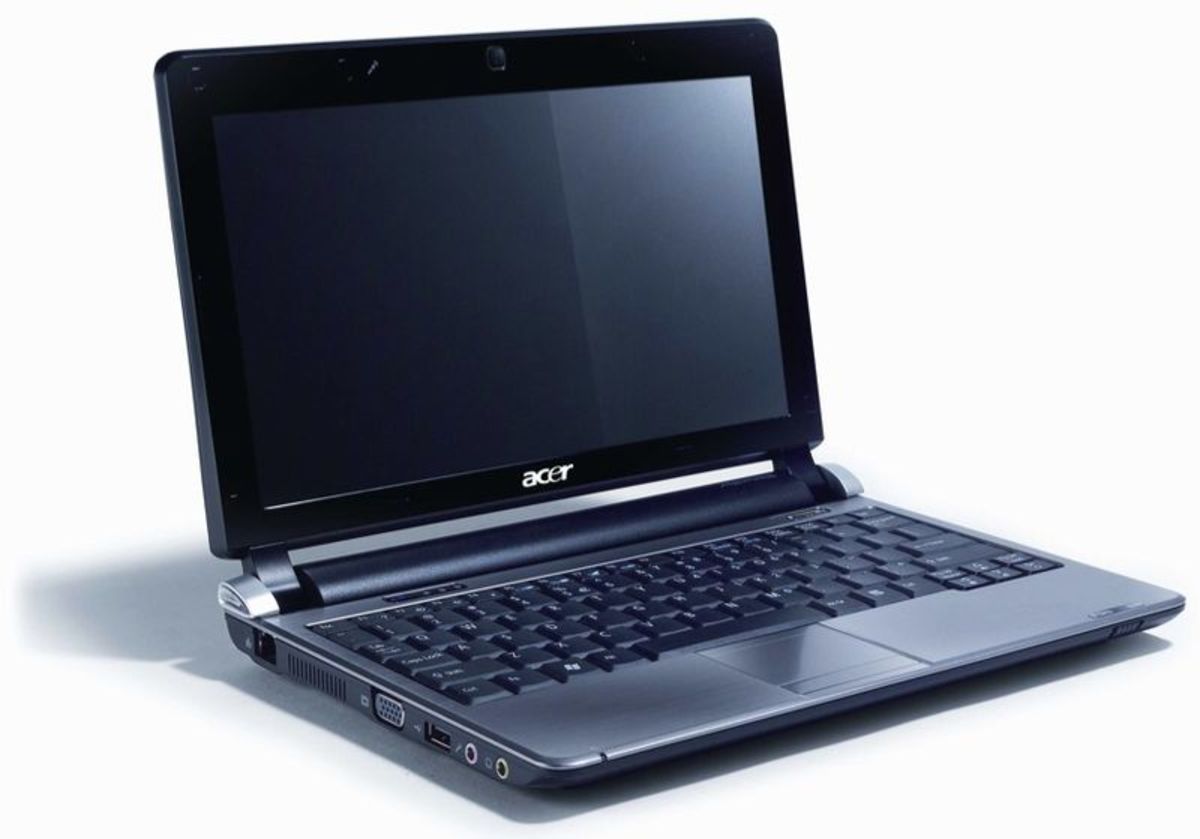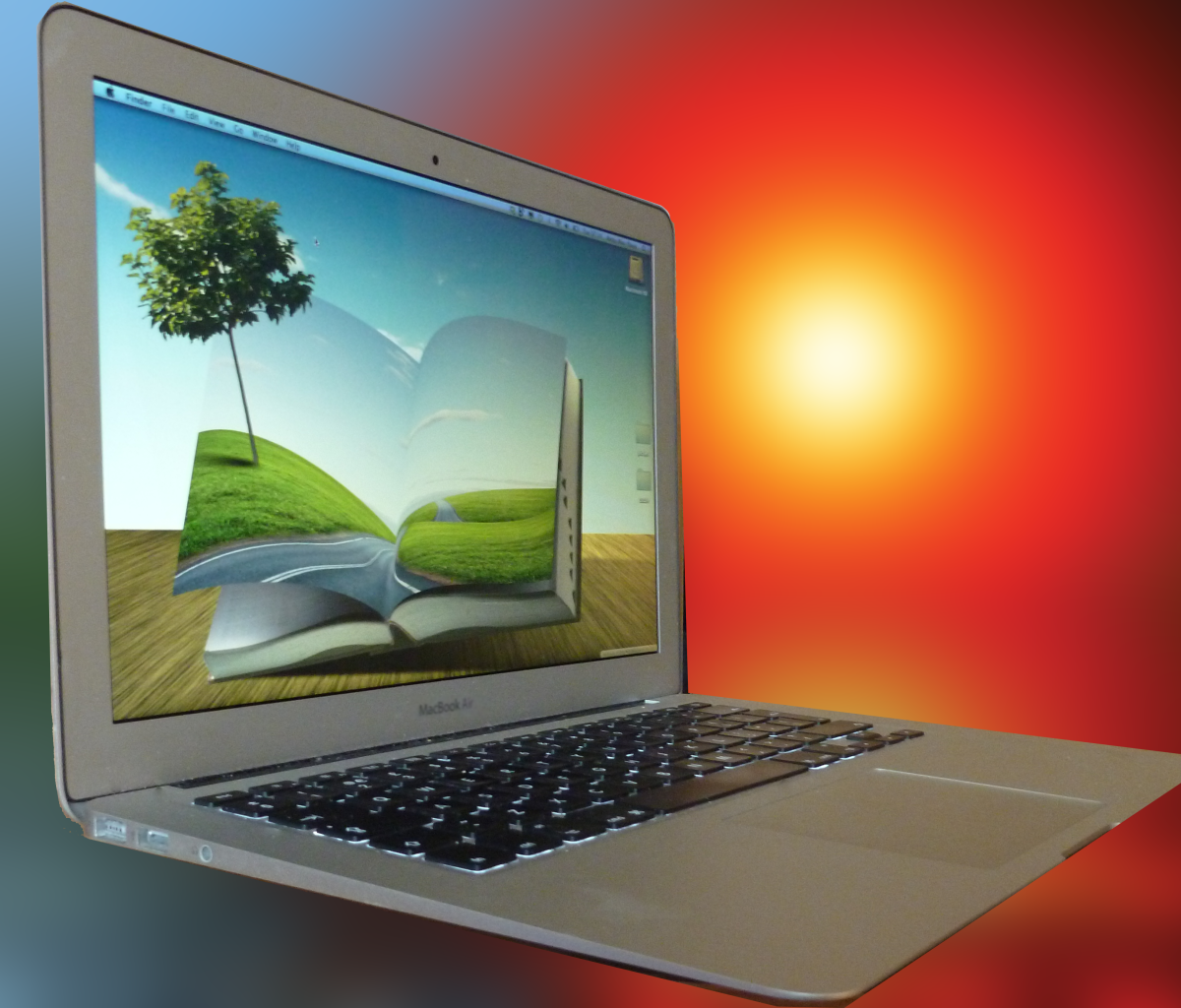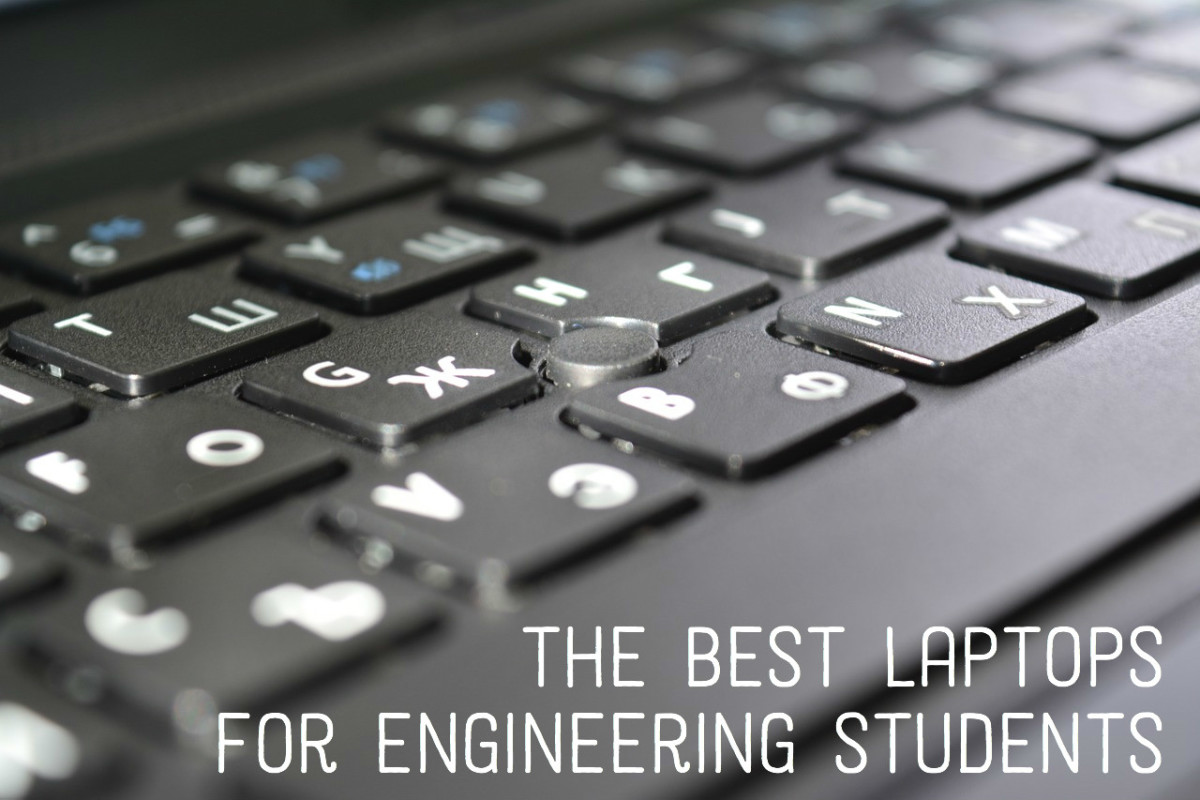- HubPages»
- Technology»
- Computers & Software»
- Computer Buying Guides
NetBook Computers
What is a Netbook
A netbook is a new class of computer sold mainly on it's (ultra) compact size, ready access to Wifi connections, and preloaded software. Netbooks were originally marketed as a small portable computer primarily used for internet access.
As such these computers always include an operating environment, web-browser, and built-in WiFi card. They are also quite small (with screens averaging 13" diagonally), very light, and, of course, extremely portable.
This hub will cover not just the netbook, but the four (4) most popular brands, how they got to be so popular, and some of the pitfalls and problems inherent in these devices.
The netbook computer hit the market in 2007, a mere two years ago, and were initially offered without typical features such as the optical drive or ethernet port. They also had reduced performance specifications and computing power.




Feature Creep
In the two years since their introduction "feature creep" has caught up with these devices and though they are still small, most offer as many features and as much computing power as their larger cousins. By June 2009 CNet Computing noted that: "the specs are so similar that the average shopper would likely be confused as to why one (netbook) is better than the other (notebook)," and "the only conclusion is that there really is no distinction between the devices (notebooks and netbooks)."
As of 2009 netbooks are defined by these specifications. They weigh at or less than 2.5 pounds, they have screens at least 10 diagonaly inches, have (at least) one GigaByte of memory, one-hundred sixty (160) GigaByte hard drive, and a wireless transceiver for both home and a mobile network. They are (base) priced from $300.00 to $400.00 dollars.
Asus
Who is Asus? They are a Taiwanese company long known for producing components for computers. Components include motherboards, graphics cards, sound cards, optical drives, computer monitors, networking products, mobile phones, computer cases, computer components, and computer cooling systems. With all this experience producing all (or most) of the component parts that make up a computer it wasn't much of a stretch for the company to produce a complete computer.
Asus was founded in 1989 by four former (Tung, Ted Hsu, Wayne Hsieh, and MT Liao) engineers of Acer computer. The founders got the name Asus from Pegasus, the winged horse of greek mythology. Asus also has an "in" with Intel. While designing a motherboard for the Intel 486 computer, Asus had no engineering prototype to design from. Instead they used the design specifications published by Intel.
After completing the design of the motherboard Asus took a working prototype to Intel for final testing. Simultaneously Intel had designed their own motherboard which did not work. Much to Intel engineer's surprise the Asus design team examined Intel's motherboard, implemented some design changes (experience gained designing their own motherboard for the processor), and got the board to work perfectly...much to the Intel engineer's surprise and delight.
Since then Asus has had a "special" relationship with Intel and is often given design specifications ahead of it's competitors. Asus currently manufactures eighteen (18) models of netbook computer with various configurations of memory, disk space, screen size, and processor speed.
Asus Eee PC

Asus Eee PC
The first Asus Eee PC was introduced in late 2007. The first iteration featured light weight, the Linux operating system, and a solid-state drive. All of this was offered at a low cost.
Since it's introduction the Eee models now come with optional Windows XP operating system and hard disk drives. Though newer models have seen a price increase, they are still relatively inexpensive.
Asus was the first company to mass produce and market a small "sub-notebook" computer called a "netbook."
The Eee is an abbreviation of "easy to learn; easy to use; easy to play."
Asus currently manufactures eighteen (18) models of netbooks with various configurations of memory, screen size, disk space, and operating system.
MSI Wind
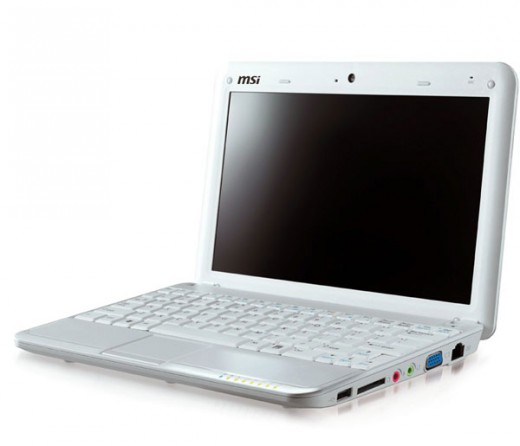
MSI Wind
Micro Star International (MSI) is a Taiwanese company founded in 1986. They manufacture mother boards, graphics cards, barebone PCs, notebook computers, networking products, servers, multimedia, consumer electronics, and storage devices. This is a virtual carbon-copy of Asus (see above).
Wind is an acronym standing for "Wifi Network Device."
This computer features BlueTooth, WLAN, and a 1.3 MegaPixel camera. The MSI Wind is a direct response to the Asus Eee PC.
Currently MSI makes three models of netbook; A Linux Version, Windows XP Version and Medion Akoya Mini.
Dell, Inc.
Dell Incorporated is an American company founded by Michael Dell. Mr. Dell started the company as PC's Limited in 1984 while a student at the University of Texas, Austin. The company was so successful that Dell dropped out of college to run the company full time.
In 2004 Michael Dell resigned as CEO, but continues to sit on the board of directors. Michael Dell is currently estimated to be worth twelve point three (12.3) billion dollars. Not bad for a guy who sold his first machines out of a dorm room.
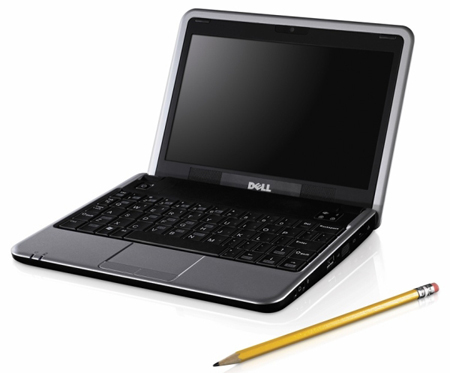
Dell Insprion Mini 9 & 12
The Dell Inspirion Mini 9 (910) was introduced September 2008. This first model sold for $349.00 and was manufactured, under contract, by Compal Electronics, which also makes the MSI Wind Netbook and the HP Mini-Note 2133.
The Mini 9 features an 8.9" screen, running an Intel Atom processor (at 1.6 GigaHertz) running either Ubuntu (Linux) or Windows XP Home.
The Mini 9 features one Wifi Port, three USB ports, BlueTooth, and a 0.03 or 1.3 Megapixel web-camera.
In May 2009 the Mini 9 was discontinued and replaced with the 10v. Dell also makes a twelve inch netbook called the Dell Inspiron Mini 12.
Update: September 2, 2009: Dell is currently selling the 10v for $299.00. One of the few netbooks under $300.00 offered by anyone. Check the www.Dell.com site for details by typing 10v into the search bar.
Acer
Acer Incorproated is a Taiwanese based company founded in 1987 by by Stan Shih, his wife Carolyn Yeh, and five (5) partners.
As with Asus and MSI, Acer manufactures many computer types & components including Desktops, Notebooks, Netbooks, Personal Digital Assistants (PDAs), Automotive Navigation Systems, Servers, Workstations, and Computer Display Screens.
Acer is the third largest computer manufacturer in the world after Hewlett Packard (HP) and Dell Incorporated. Acer is the largest manufacturer of notebook (including netbook) computers in the world. Acer bought out Gateway Computer and owns controlling interest (75%) of Packard Bell.
It's largest franchise chain is in Taipei Taiwan.

Acer Aspire One
As with the other manufacturers above, the Aspire adhere's the same basic form factor* as the other three netbooks mentioned above.
As with the other netbooks the Aspire features one Wifi Port, three USB ports, and a 0.03 or 1.3 Megapixel web-camera. The Aspire also has an ethernet port and a 5-in-1 card reader.
Aspires come configured with a number of operating environments. This can be determined by a letter code following the model name of the computer.
For example an Aspire(X or B) comes with the Windows XP operating environment. An Aspire (L or A) is preloaded with Linux.
Acer currently offers eleven (11) different models of the Aspire.
* Form factor refers to a general size, shape, and weight specification.
Nokia
Sorry, no picture as yet.
Nokia will offer the Nokia Booklet 3G as an AT&T promotion. Nokia claims it's first netbook for the U.S. market will run $300 as a promotion with AT&T's wireless broadband service. This is a two year contract. This particular netbook is has a regular retail price of $600, but Nokia is subsidizing the cost in exchange for two year contracts with AT&T.
This particular netbook will run Microsofts Window 7. sport a ten inch (10") screen and weigh just under three (3lb) pounds. Best Buy will offer the machine and contract in "brick and mortar" stores as well as on-line. Orders for the Booklet will be taken starting October 22, 2009 the same day Windows 7 is slated to be launched. Orders will begin being filled mid-November.
Though this prices is considerably higher than other netbooks offered by telco providers the Booklet will feature an aluminum cover, GPS navigation, and a twelve (12) hour battery life. This is three (3) hours longer than the next closest competitor.
Price Comparisons
Note the five (5) models above and related prices. All of the Amazon outlet computers above come with 1GigaByte RAM, 160 GigaByte fixed disk, 10.1" screen, Wifi connectivity, and use the Intel Atom Processor. All models, except Dell, include a "6 cell" battery, but some do not give a battery life per charge. MSI Wind is advertised at 6 hours and the Asus Eee at "up to" nine and one half (9.5) hours. Dell advertises a three (3) hour battery life per charge.
Acer and HP make no mention of battery life in the primary specifications. Dell makes no mention of the number of cells in it's battery pack.
Notice the wording here. "Up to" could mean anywhere from four (4) hours "up to" nine and one half (9.5) hours.
Take note of the price differences too. The HP price, despite being "too low to display" is right in line with the Asus and Acer computers at three-hundred forty-five ($345.00) dollars*. The MSI price* truly is quite low at just less than three-hundred ten dollars ($309.99).
As you can see paying close and particular attention to the details of the specifications can be quite revealing.
Updated: August 30, 2009
* at the time of this writing
Gotchas
- Netbook computers using the Intel Atom processor run slower than computers running the faster, higher clock speed processors.
- Price isn't the only factor. Be sure to surf the web and look for statements both for and against the model you are considering. Acer and HP both have had WiFi problems in the past.
- The highest resolution for Netbooks is considerably lower than most other laptops. Some will allow you to hook up an external monitor and gain better resolution that way, but the "native" resolution is likely to be around 1024 X 768....maybe slightly higher
- Some Netbooks allow no more than 1 GigaByte of memory maximum.
Update
September 11, 2009
ZiffDavis publications (ZDNet) published an article today on the rise in popularity of the netbook computer. The article credits the telecom industry and it's practice of bundling for making the netbook computer the "only PC segment enjoying growth this year."
Canalys, the company behind the research, stated that over thirteen point five (13.5) million netbooks had been sold worldwide, largely due the efforts of some fifty (50) telcos offering bundled deals with their service and cell phones. Canalys went on to state that HP had the most deals with telecom companies to supply netbooks, netbooks are three times as likely to be seen and used in public places, and that the companies Sony, Toshiba, Fujitsu and Lenovo have been too slow to react to this class of computer. As a result sales are lagging and the "big four" have no competing products to go head-to-head with these subnotebooks.
Disclaimer
The author, LiamBean, does not own stock or other holdings in any of the companies mentioned in this article. LiamBean has not been compensated monetarily, with free products, or discounts on those products for these evaluations. LiamBean bought these products outright and has written this review based solely on experience with this products.

